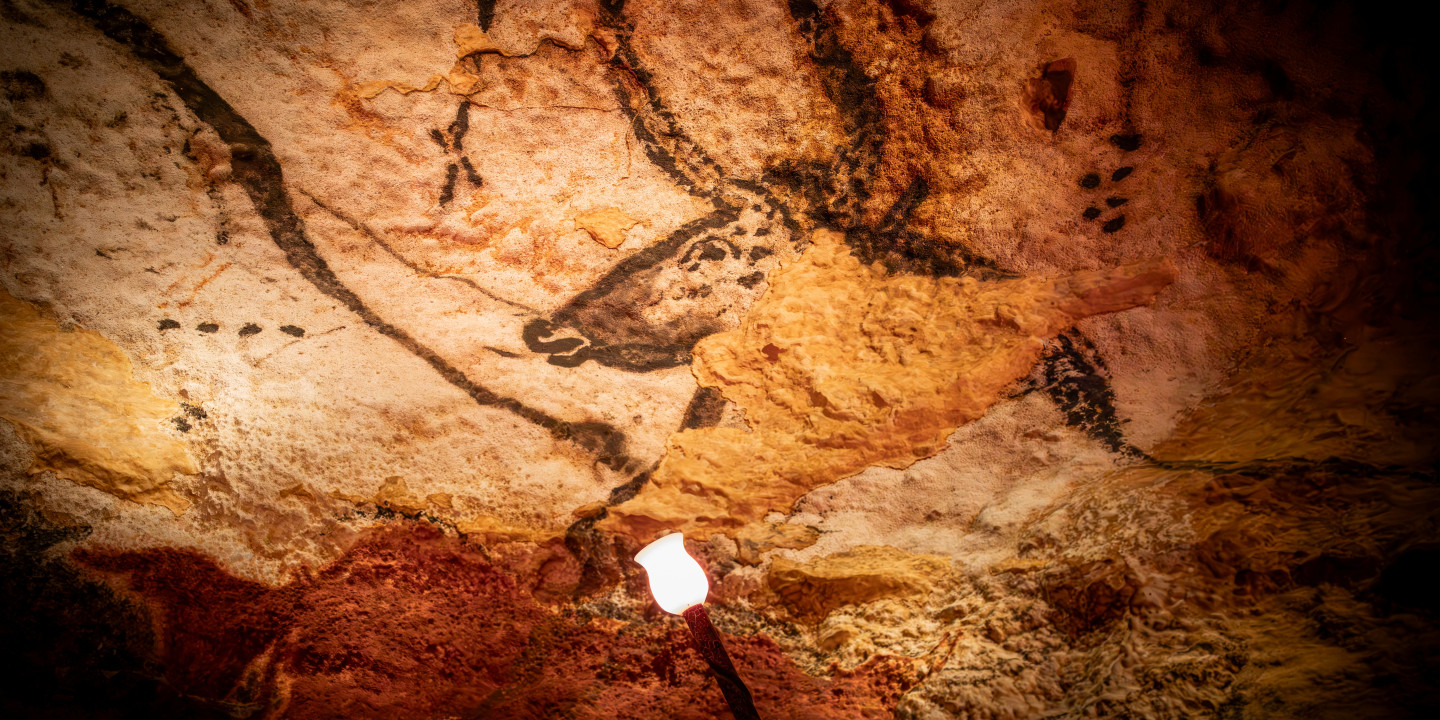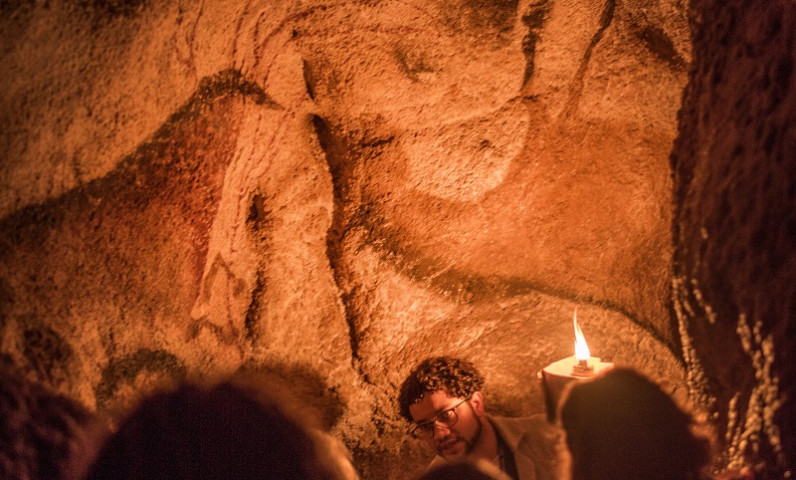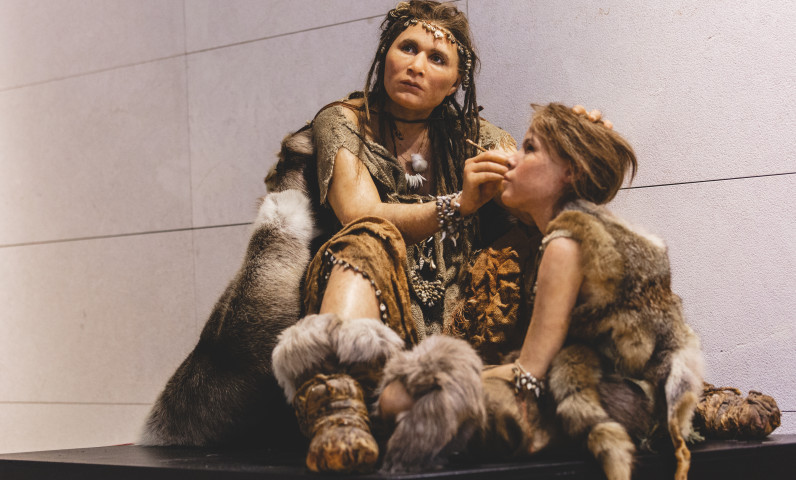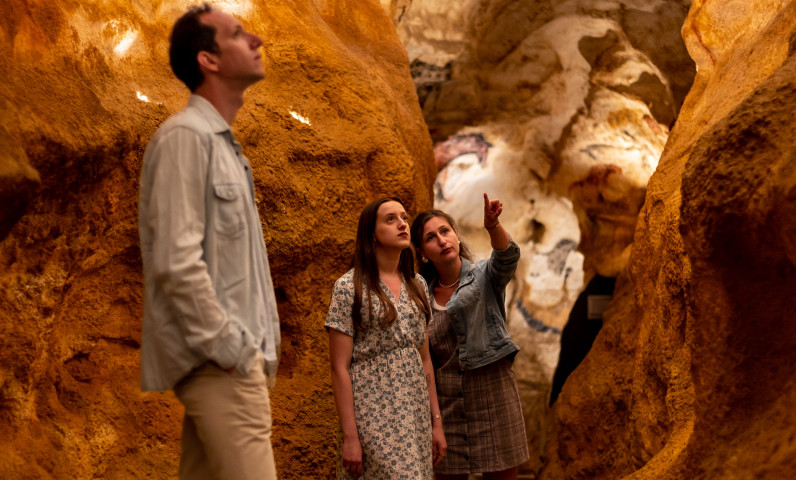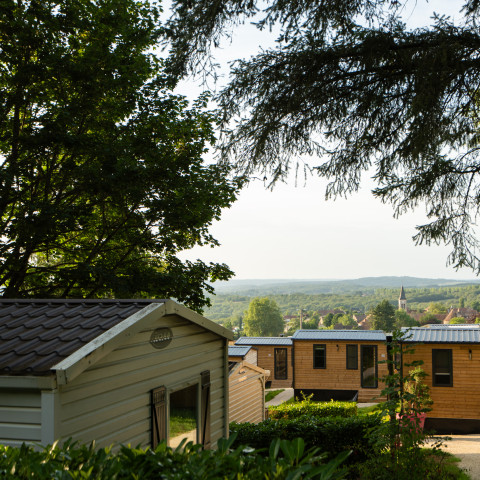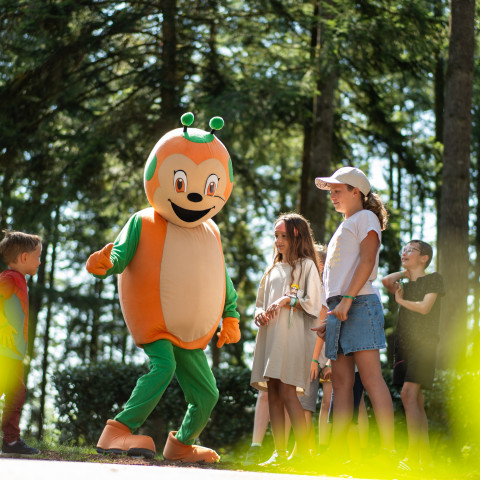Grotte de Lascaux: A Dive into the Heart of Cave Art
Discover Prehistoric Art at the Grotte de Lascaux: Practical Tips for Your Visit
Location: Montignac, Dordogne (Périgord Noir)
Period: Magdalenian, about 17,000 years ago
Status: Listed as a UNESCO World Heritage Site (along with other decorated caves in the Vézère Valley)
The Lascaux Cave, sometimes nicknamed the “Sistine Chapel of cave art,” is one of the finest testimonies to the creativity of Homo sapiens from the Magdalenian period (often referred to as Cro-Magnon). Inside this decorated cave, now closed to the public for preservation reasons, one finds many prehistoric paintings depicting bison, horses, and deer—a fascinating testament to Paleolithic art. Fortunately, thanks to the facsimiles of Lascaux II, III, and IV, this heritage remains accessible to enthusiasts.
By staying at Camping Le Séquoia in Payrac, you’ll enjoy an ideal location to discover not only Lascaux but also other major prehistoric sites of the Périgord Noir. It’s the perfect opportunity to immerse yourself in the world of prehistoric humans and admire cave art in all its forms!
A Bit of History
A Fortuitous Discovery in 1940
In September 1940, four teenagers accidentally discovered the Lascaux Cave, an underground cavity located near Montignac. Sometimes compared to the Niaux Cave or the Villars Cave, this prehistoric cave contains exceptional cave paintings: a veritable bestiary of bison, horses, and aurochs, demonstrating the mastery of cave painting by Upper Paleolithic hunters. Archaeologists and other prehistorians consider this cavern one of the greatest wonders of cave art, alongside rock shelters and sites such as La Vache Cave.
At the far end of a cave that stretches for several meters, one observes painted frescoes, sometimes engraved on the walls, which also include a few human representations. Archaeological excavations have revealed that these cave walls offer important clues about the culture and daily life of our ancestors. Although the Neanderthal occupation is older, Lascaux mainly dates from the rise of Magdalenian Homo sapiens. To preserve this heritage, the original cave has been closed since 1963, but the facsimiles Lascaux II and Lascaux IV allow visitors to admire these cave paintings without risking damage to the cave. For enthusiasts, the emotion of discovering this cavern is similar to that felt in other major chasms or underground sites, where animal bones and hunting scenes are sometimes found.
Key Point: The Lascaux Cave remains one of the most iconic testimonies of the Paleolithic, on par with other decorated caves. Even closed to the public, this prehistoric cave continues to fascinate archaeologists and visitors from around the world, thanks to virtual tours and identical reproductions of its cave paintings.
The Paintings of Lascaux: Art, Symbols, and Mysteries
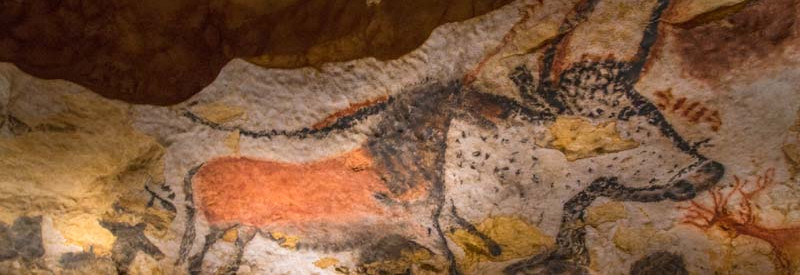
Techniques:
- Natural pigments (red/yellow ochres, manganese for black).
- Engravings or stenciled outlines for some motifs.
- Use of the rock’s natural relief to give a sense of movement to the animals.
Main Themes:
- Animals: horses, bison, deer, ibex, and sometimes woolly rhinoceros.
- Rare human scene: the man with a bird’s head (the well scene).
- Possibly linked to hunting rituals, shamanic practices, or symbolic meanings.
Interpretation:
- It’s difficult to ascertain the precise meaning. Scientists suggest ritual or religious practices related to survival and the fauna of the time.
- This ambiguity fuels the fascination with prehistoric art, also known as cave art.
Where to Stay? Discover Camping Le Séquoia in Payrac
Looking for comfortable accommodations while visiting the Lascaux Cave and exploring the Périgord Noir?
An Unmissable Prehistoric Journey
Ready to take this leap into the past? Book your stay at Camping Le Séquoia now, plan your visit to Lascaux, and treat yourself to a timeless experience in the heart of the Périgord Noir!
The Lascaux Cave is a jewel of world heritage, a radiant testimony to the ingenuity and artistic sensibility of prehistoric humans. Even though you can no longer enter the original cave, the replicas will take you 17,000 years back in time, to explore paintings and engravings of timeless beauty.
While staying at Camping Le Séquoia, take the opportunity to discover the many historical and natural treasures of the Périgord Noir: castles, gardens, troglodytic sites, and picturesque villages. Between cave art, gastronomy, and verdant landscapes, your trip will leave unforgettable memories.
In short, Lascaux is not just a prehistoric site to admire—it’s an open door to the creative soul of our ancestors, a source of wonder and inspiration for all generations.
Ready to make that leap into the past? Book your accommodations now at Camping Le Séquoia, plan your visit to Lascaux, and enjoy a timeless experience in the heart of the Périgord Noir!
All the photos shown here were kindly provided by Lascaux.
Frequently Asked Questions (FAQ)
No. To protect it, the original Grotte de Lascaux has been closed to the public since 1963. Visitors can explore Lascaux II, III, or IV, which faithfully replicate the UNESCO-listed site.
Guided tours last about one hour. Plan an additional one to two hours for the interactive areas, exhibits, and workshops.
Rules vary by site. At Lascaux II, photography is generally prohibited. At Lascaux IV, photos without flash may be allowed in certain areas. Ask staff for details.
- Lascaux II: More “historic,” opened in 1983, focusing on two main galleries.
- Lascaux IV: More recent, high-tech, featuring a near-complete replica and digital installations.
The Vézère Valley has many prehistoric sites, including Font-de-Gaume, Les Combarelles, Cap Blanc, and the National Prehistory Museum in Les Eyzies. Each reveals another facet of our ancestors’ world.
Other Prehistoric Caves to Discover
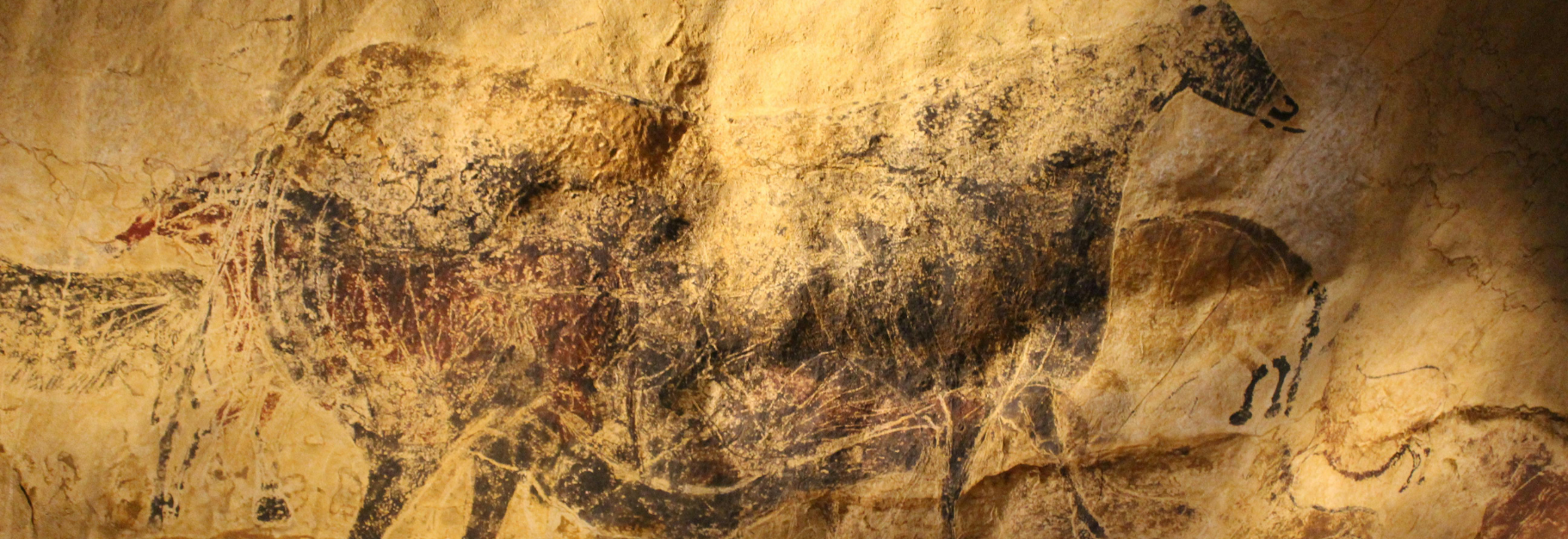
The Vézère Valley and the Périgord Noir region are teeming with prehistoric caves and remarkable sites that offer a fascinating glimpse into ancient rock art and the lives of our prehistoric ancestors. Looking for new places to explore near Camping Le Séquoia? Below, you’ll find some of the most noteworthy subterranean treasures in the area, along with approximate distances to help you plan your excursions.
Chauvet Cave (Ardèche)
Located near Pont d’Arc, Chauvet Cave is renowned for its exceptionally fine prehistoric cave paintings. Like Lascaux, the original cave is closed to the public, but a facsimile (Chauvet 2) allows visitors to marvel at these masterpieces dating back approximately 36,000 years—well before the Magdalenian period.
Distance from Camping Le Séquoia: About 180 to 200 km (approximately a 2h30 to 3h drive).
Pech Merle Cave (Lot)
The Pech Merle Cave houses spectacular prehistoric paintings (bison, spotted horses, human silhouettes). Open to the public, it offers a striking immersion into the lives of prehistoric humans.
Distance from Camping Le Séquoia: About 55 to 60 km, or around 1 hour by car.
Rouffignac Cave (Dordogne)
Nicknamed the “Cave of a Hundred Mammoths,” Rouffignac Cave reveals numerous engravings and drawings, often in black manganese. It’s a major site in the Vézère Valley, much like Lascaux.
Distance from Camping Le Séquoia: About 55 to 60 km, or around 1 hour of travel.
Le Thot – Espace Cro-Magnon
Close to Montignac, Le Thot features a museum area and an animal park. Here you can learn about prehistoric fauna (bison, Przewalski’s horses…) and gain insights into the evolution of Homo sapiens.
Distance from Camping Le Séquoia: About 35 to 40 km, or 30 to 45 minutes by car.
By staying at Camping Le Séquoia in Payrac, you can easily explore these different prehistoric sites, each offering a unique experience to better understand the life and art of our prehistoric ancestors. Enjoy your journey back in time!
